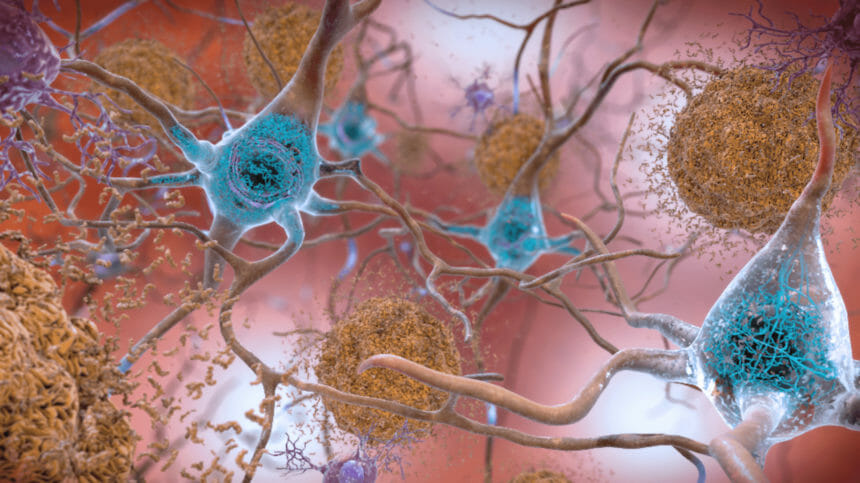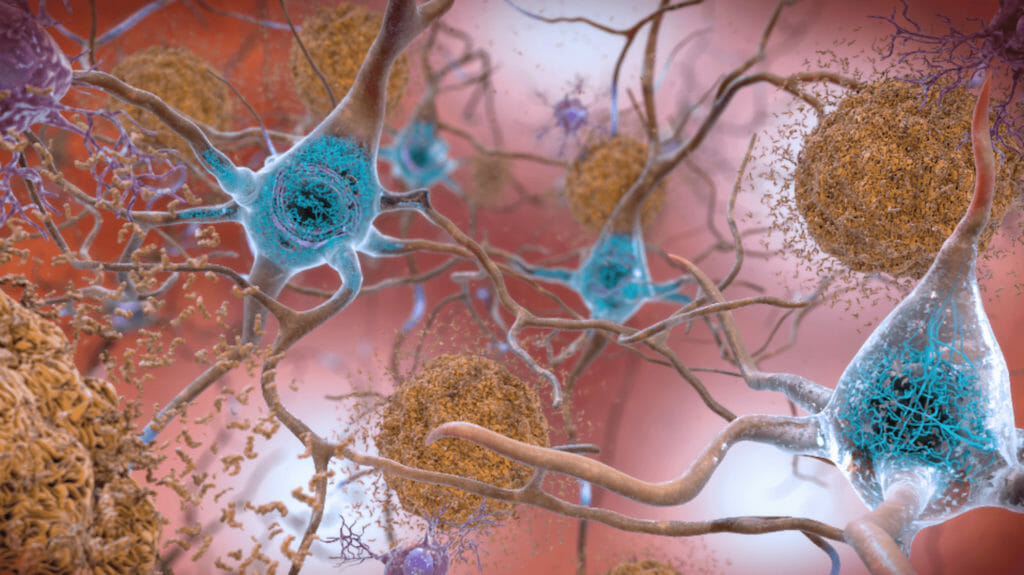

In “The Incredible Hulk,” Bruce Banner is hit by a wave of gamma rays and turns into a superhero.
Although this outcome isn’t quite based in science, gamma rhythm stimulation could be used in real life to help treat Alzheimer’s disease, new research shows.
A range of “multisensory and noninvasive” interventions can be used to induce gamma stimulation in the brain, the study indicates.
And there’s no need to fear that audiovisual therapy might transform people living with Alzheimer’s into angry green monsters: the gamma waves here refer to a specific frequency of brain activity as opposed to gamma rays that are an extreme form of electromagnetic radiation.
The ability to treat Alzheimer’s by focusing on brain waves, as opposed to physically removing toxic proteins, could help allow for new, less costly or specialized approaches to tackling the disease.
Certain light and audio tools could be used in senior living and care settings as opposed to requiring a hospital visit.
The researchers looked at previous studies in which participants were exposed to different frequencies of light and sound, and then they measured brain reaction, with a particular focus on how the brain’s memory-creating regions were affected.
Interestingly, although the toxic proteins that are thought to generate Alzheimer’s largely were unaffected by the gamma stimulations reviewed, the light and sound treatments showed long-term benefits, not only for treating Alzheimer’s, but for other neurocognitive disorders as well.
“These promising studies suggest that it may be possible to directly target specifically affected areas with gamma stimulation,” the study authors concluded, “offering tremendous potential to tailor gamma stimulation to each patient’s individual need.”
Light therapy already is emerging quickly as a technology aimed at older adults to help stave off cognitive decline, such as when employed using light-therapy helmets.
The research on gamma brain stimulation was published this week in the Journal of Internal Medicine.


